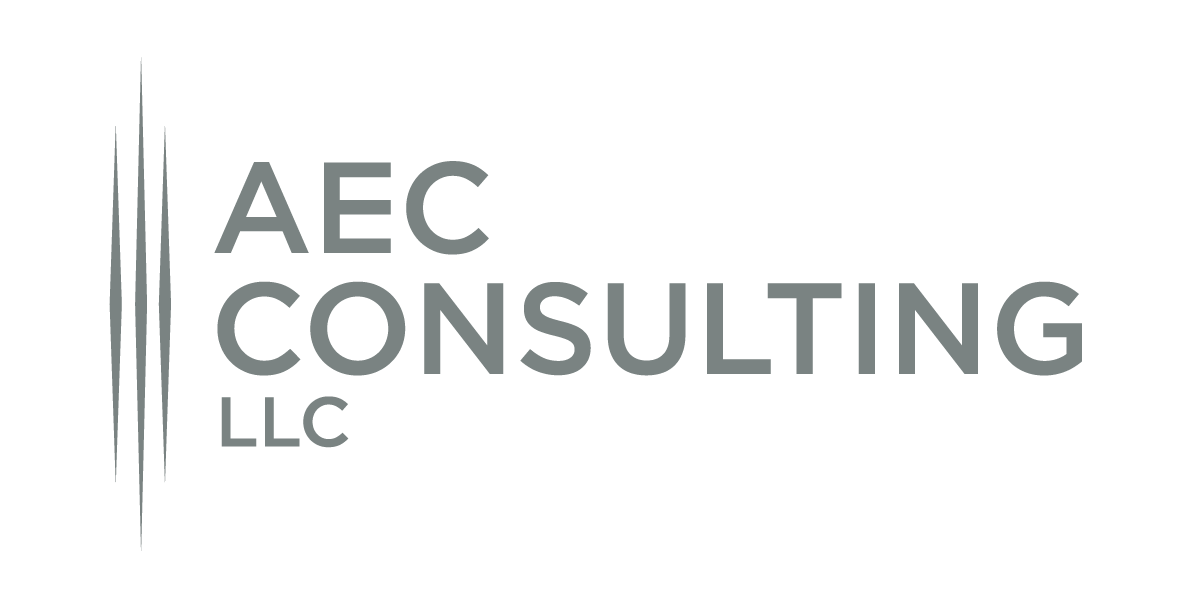Sentinel Events in Surgery
Sentinel events are unexpected incidents that result in serious physical or psychological injury, or even death. Understanding the types of sentinel events in surgery is essential for healthcare professionals, patients, and stakeholders to foster a safer healthcare system. There are numerous types of sentinel events that can occur in the operating room. Some examples include:
Wrong-Site Surgery
Description: Wrong-site surgery is one of the most alarming types of sentinel events, where a surgical procedure is performed on the wrong site of the patient's body. This can include operating on the wrong limb, organ, or even the wrong patient.
Causes: Factors contributing to wrong-site surgery include miscommunication among medical staff, improper patient verification procedures, and inadequate preoperative planning.
Prevention: Implementing strict preoperative verification processes, marking the surgical site, and ensuring the entire surgical team participates in a timeout before the procedure can significantly reduce the risk of wrong-site surgery.
Retained Surgical Instruments
Description: This occurs when surgical tools or materials, such as sponges, needles, or instruments, are inadvertently left inside a patient's body after surgery.
Causes: Contributing factors include emergency surgeries, unexpected changes during procedures, or failure in communication and counting protocols among the surgical team.
Prevention: Strict adherence to counting protocols, using technology like radio-frequency identification tags, and conducting postoperative X-rays in high-risk surgeries can help prevent this event.
Surgical Fires
Description: Surgical fires are rare but potentially devastating events where a fire ignites in or around a patient during surgery.
Causes: These fires typically result from the interaction of flammable materials (like alcohol-based prep solutions), oxygen-rich environments, and heat sources (like electrosurgical units or lasers).
Prevention: Prevention strategies include allowing adequate drying time for skin prep solutions, careful management of oxygen delivery, and appropriate use of electrosurgical units.
Anesthesia Errors
Description: Anesthesia errors encompass a range of incidents from giving the wrong anesthesia drug to problems with drug administration and monitoring during surgery.
Causes: Causes can include incorrect dosage calculations, failure to monitor the patient's vital signs properly, or equipment malfunction.
Prevention: Double-checking drug dosages, ensuring continuous patient monitoring, and regular equipment checks can mitigate anesthesia-related sentinel events.
Postoperative Complications Leading to Death or Serious Injury
Description: These are significant complications that occur after surgery, leading to severe injury or death.
Causes: Common causes include infection, hemorrhage, pulmonary embolism, or organ failure.
Prevention: Rigorous postoperative monitoring, early detection and treatment of complications, and adherence to infection control protocols are crucial preventive measures.
Patient Falls in Surgical Settings
Description: Patient falls in surgical settings can occur preoperatively, intraoperatively, or postoperatively, leading to injuries or complications.
Causes: Factors include patient disorientation due to anesthesia, inadequate staff supervision, or environmental hazards.
Prevention: Implementing fall prevention protocols, ensuring adequate staffing, and modifying the physical environment to reduce fall risks are key strategies.
Wrong Procedure Performed
Description: This event involves performing a completely different procedure than what was planned or consented to.
Causes: Miscommunication, documentation errors, or failure in verifying the surgical plan with the patient and surgical team are typical causes.
Prevention: Rigorous preoperative checks, including verifying the patient's identity, intended procedure, and consent, are necessary to prevent such errors.
Delay in Treatment
Description: This occurs when there is an unacceptable delay in a required surgical procedure, leading to harm.
Causes: Causes can include system inefficiencies, lack of available resources, or misdiagnosis.
Prevention: Improving hospital workflow, ensuring resource availability, and enhancing diagnostic accuracy can reduce these delays.
Preventive Strategies and Best Practices
Strengthening Communication: Effective communication among surgical teams is crucial. Implementing structured communication tools like briefings and debriefings can help in identifying potential issues before they escalate.
Adherence to Protocols and Checklists: Utilizing checklists, such as the WHO Surgical Safety Checklist, ensures that critical steps in patient care are not overlooked. These tools are essential in preventing errors like wrong-site surgery or retained instruments.
Fostering a Culture of Safety: Creating an environment where staff feel empowered to speak up about safety concerns is vital. Encouraging reporting of near-misses and errors, without fear of retribution, allows for learning and improvement.
Regular Training and Simulation: Conducting regular training sessions and simulations can prepare surgical teams for handling emergencies and unexpected scenarios effectively.
Conclusion
Sentinel events in surgery, while rare, have significant implications for patient safety. Understanding the types of sentinel events, their causes, and implementing effective prevention strategies is crucial in the surgical field. Continuous education, adherence to safety protocols, and fostering a culture of safety and open communication within surgical teams are fundamental in minimizing these events. By recognizing and addressing the potential risks, healthcare providers can significantly enhance the quality of care and safety for their patients.
AEC Consulting LLC specializes as a surgical nursing expert, including pre-, intra- and post-operative patient care. Alexis Chaudron is the owner of AEC Consulting LLC, an independent nurse legal consulting practice through which she provides legal nurse consultant expertise honed through 15+ years of healthcare experience. She is currently clinically practicing as a circulating nurse and provides charge nurse coverage. Alexis is an operating room nurse expert, with a specialty in orthopedic and spine surgeries. Additionally, Ms. Chaudron was trained and worked in Neurosurgical, General, ENT, Plastics, DaVinci, GYN, Cystoscopy, and Pediatric surgical cases.
Alexis provides surgery nurse expert witness services for medical legal cases. She has analyzed medical charts, depositions, declarations and other related documents to ascertain if the nursing standard of care has been met. As an operating room nurse expert, she utilizes nursing textbooks, guidelines and peer reviewed articles and journals to bolster her surgical nursing expertise. Alexis has provided depositions, expert testimony, affidavits and reports as needed depending on case requirements. She has worked for both plaintiffs and defense in medical malpractice and wrongful termination cases.
The initial call is confidential and complimentary. Alexis can discuss your legal issues and how she can best assist your organization.
